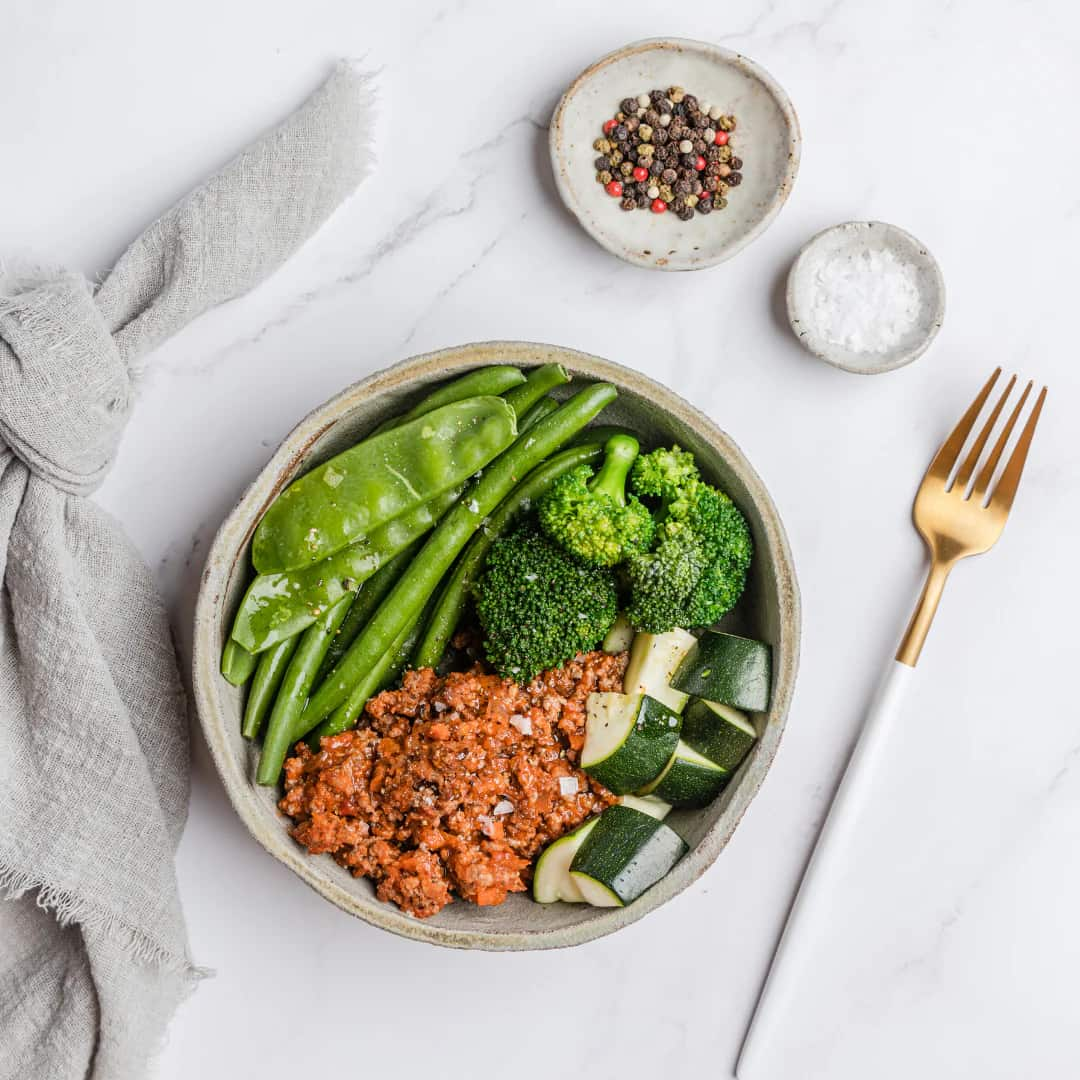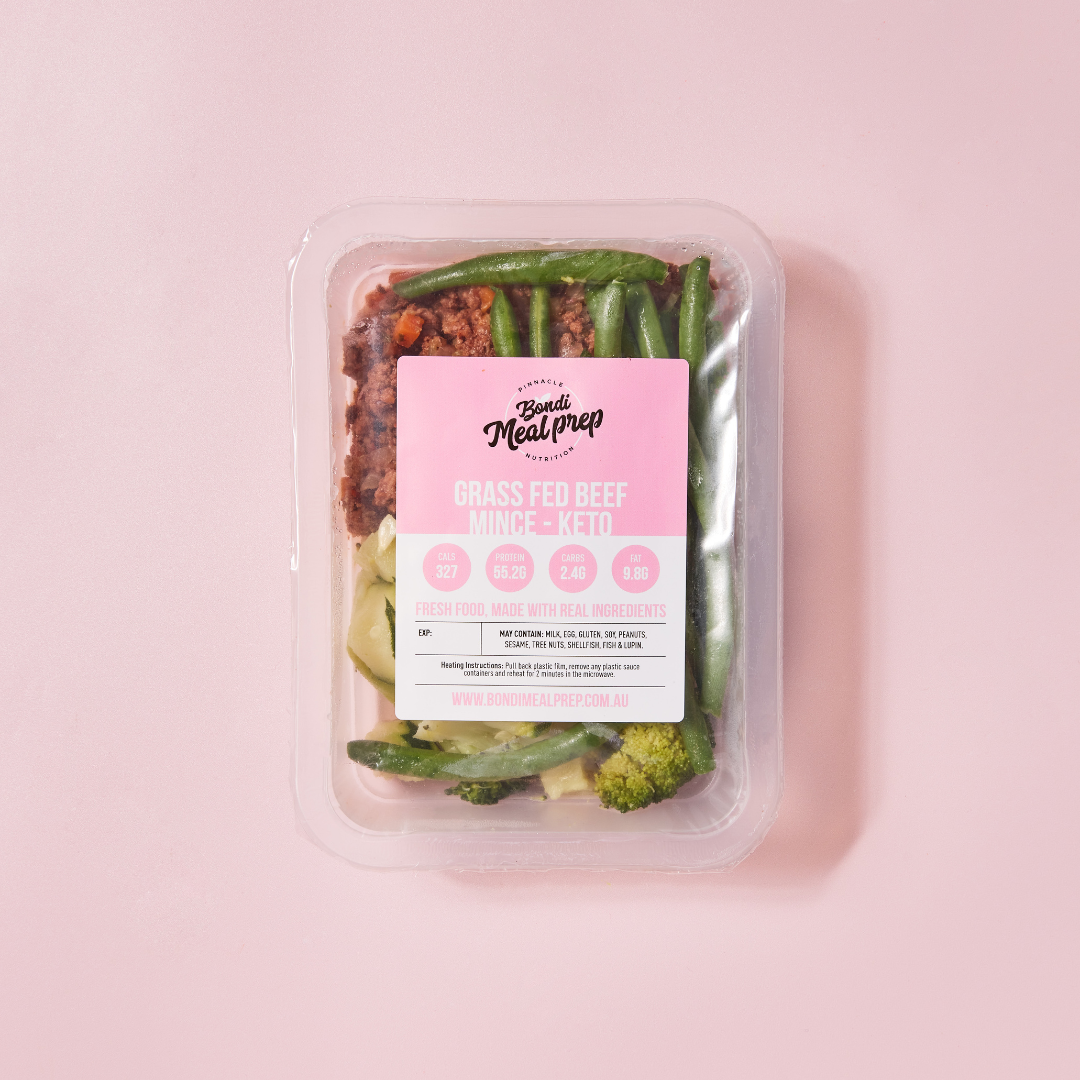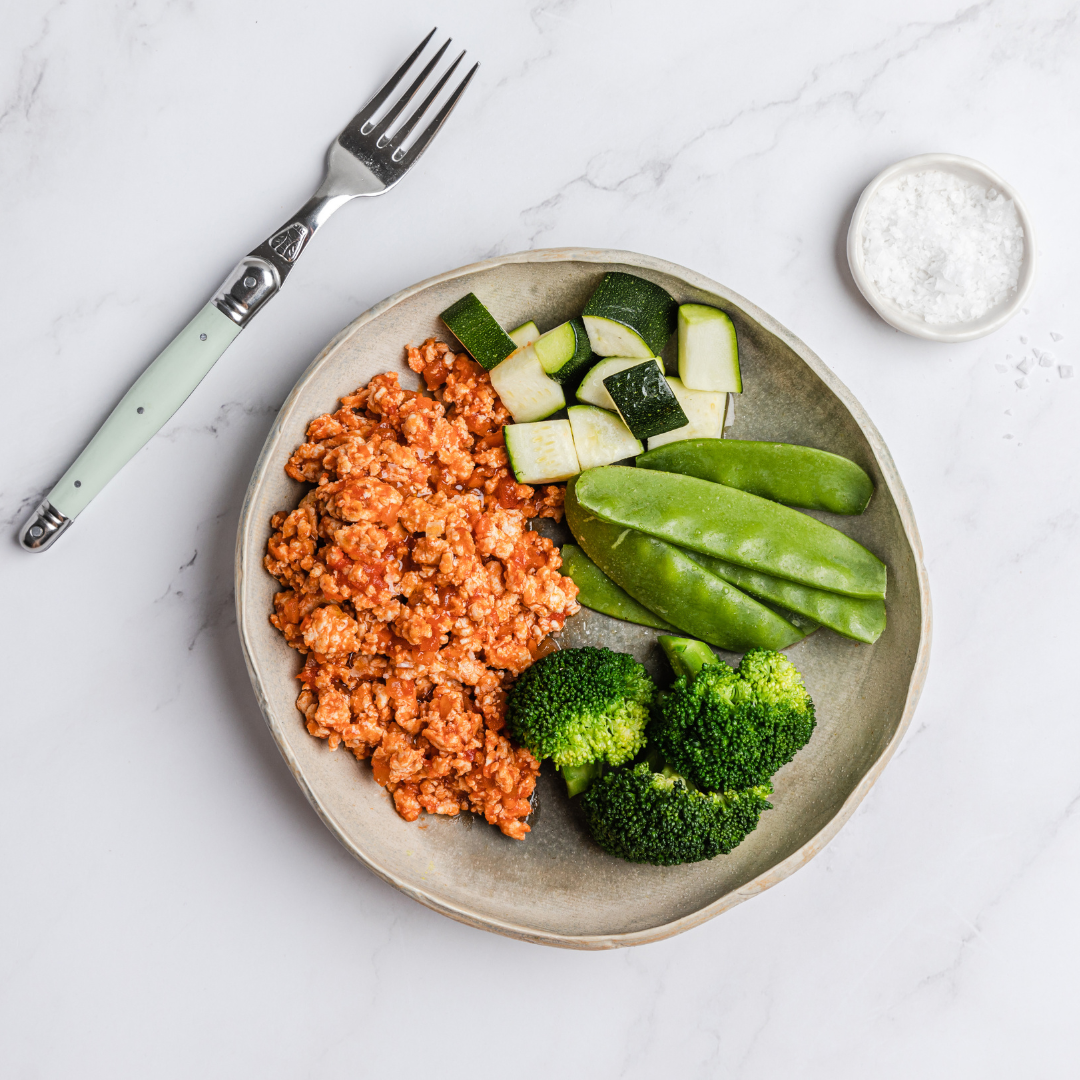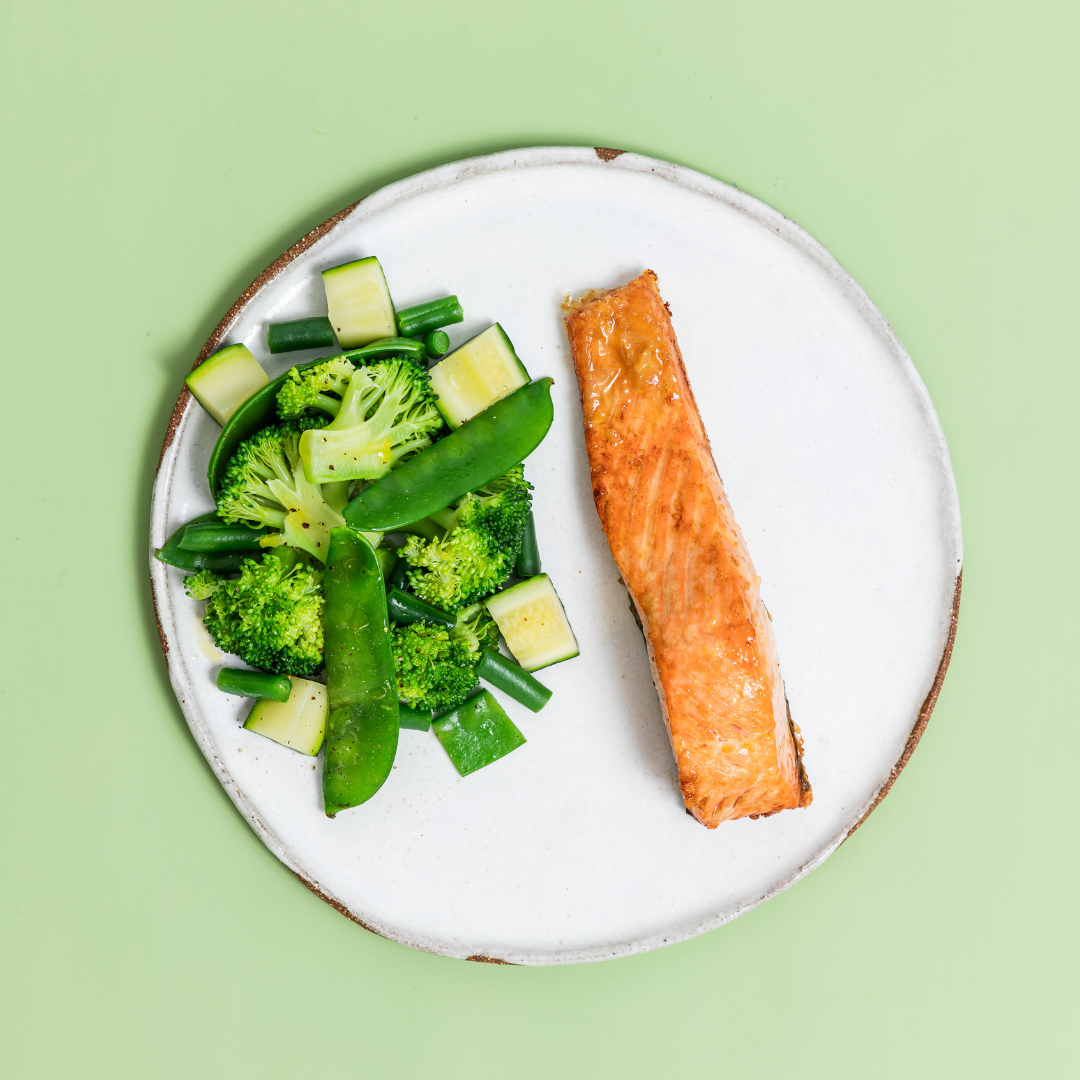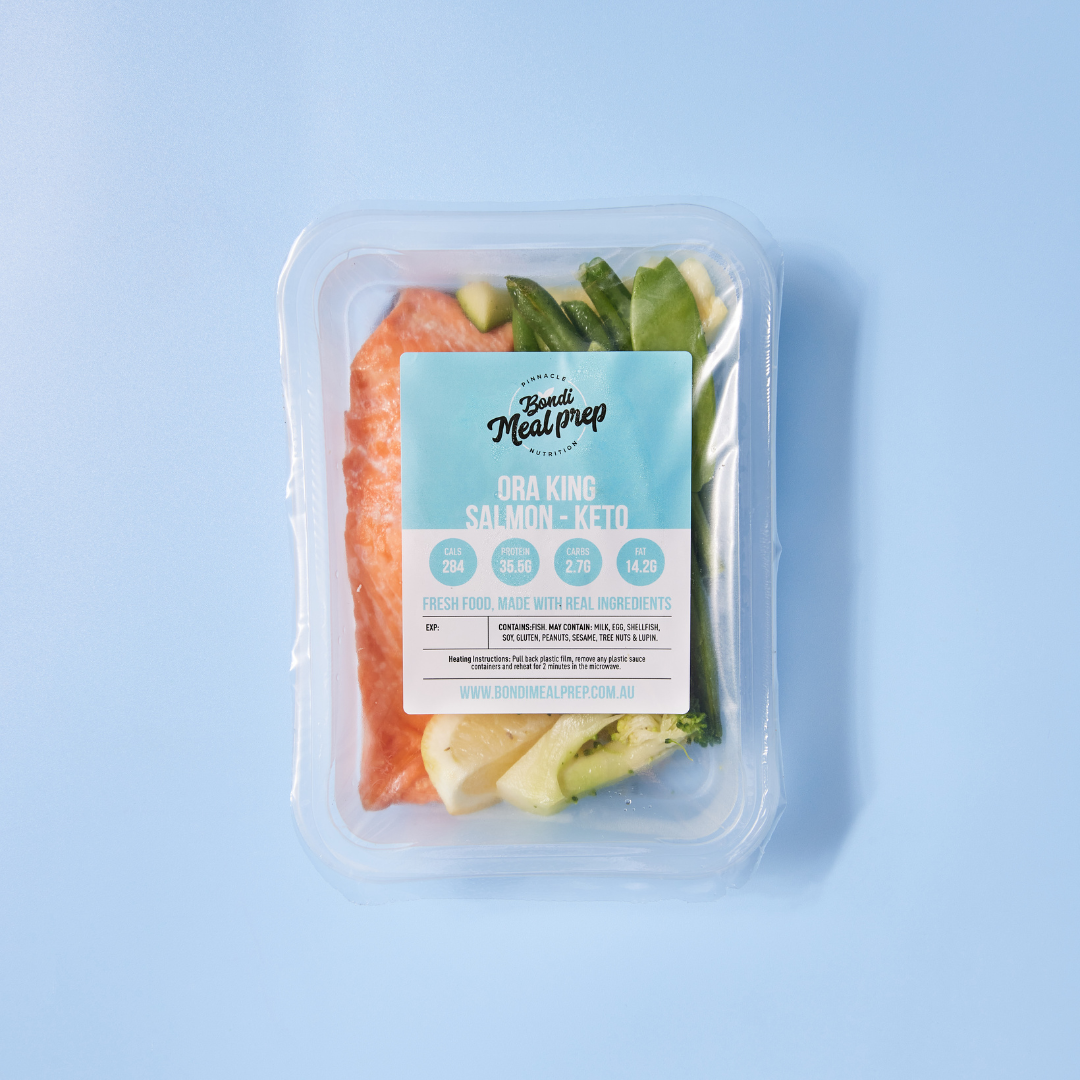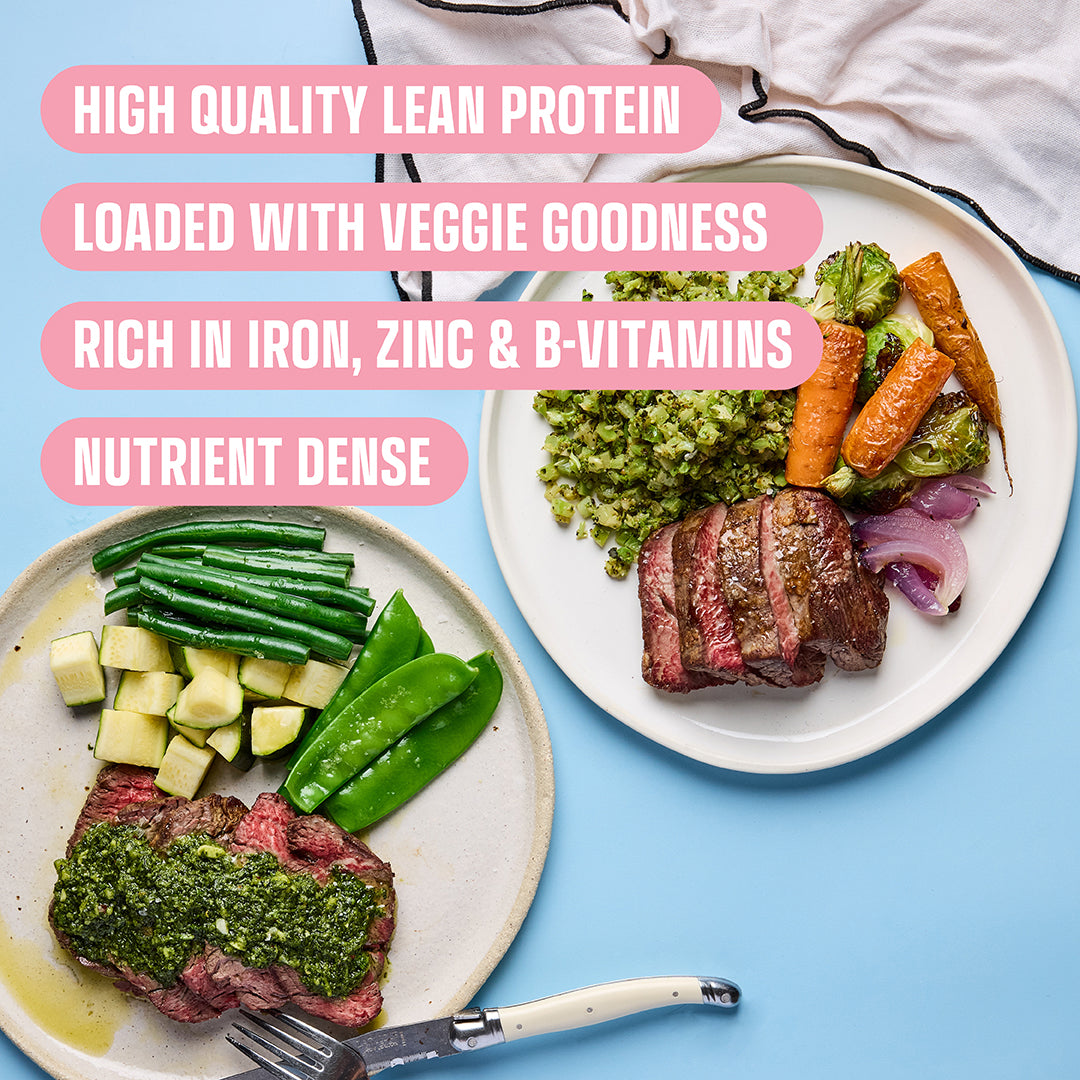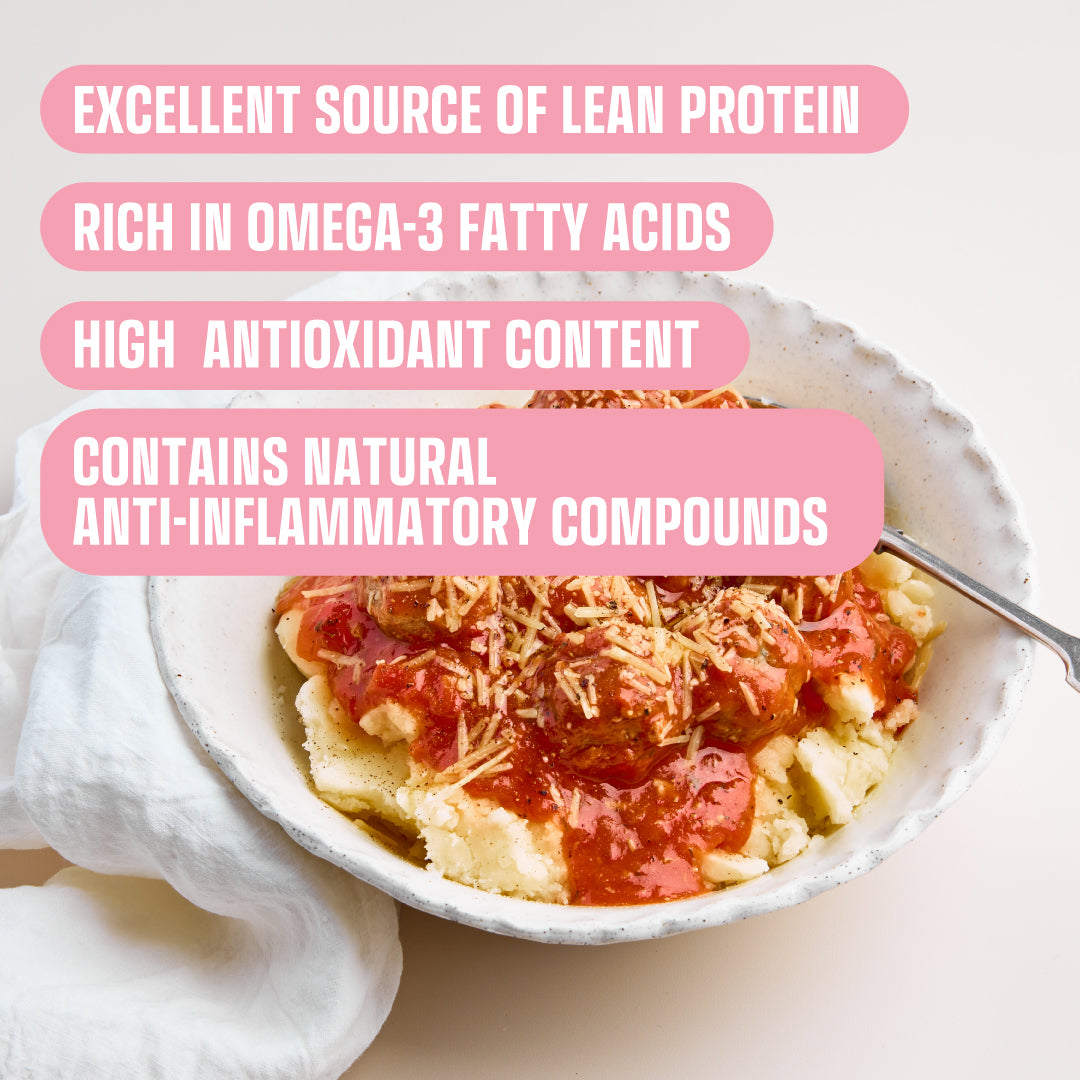Keto and intermittent fasting are two of the most talked-about approaches to weight management, but they work in different ways. One diet focuses on what you eat, the other on when you eat.
Both of these diets can help you lose weight, balance blood sugar, and boost your energy, but picking the right one depends on your lifestyle, eating habits, and what it is you’re aiming to achieve health-wise.
This guide breaks down the key differences between keto and intermittent fasting, explains how each diet functions, and gives you practical insights to help you choose the approach that fits your real life.
Key Takeaways
-
Keto and intermittent fasting both support weight loss, but they work through different metabolic pathways.
-
The ketogenic diet focuses on low carbohydrates and high fat to push your body into fat-burning mode.
-
Intermittent fasting determines when you eat, using controlled fasting periods to influence metabolism and energy levels.
-
Each has distinct pros, cons and challenges in day-to-day life.
-
Bondi Meal Prep meals offer keto-friendly and nutrient-dense options to make both diets easier to sustain and more successful.
Overcoming the Confusion Around Diets
If you’re consulting this guide, you’ve probably encountered a flood of articles claiming one “perfect” diet to help you shed pounds or turbo-charge energy. Maybe you’ve tried one before and found the results tricky to maintain. Or maybe a friend swears by keto while your gym buddy preaches about fasting.
Both keto and intermittent fasting have their passionate followers, and both can have transformative health benefits. But they aren’t interchangeable. Picking the right diet for you is about more than just nutritional theory. It’s about finding what works in your daily life.
That’s why we’ve built this guide not just on science, but on real experiences from real people. You’ll learn how these diets work, what the day-to-day reality feels like, and where the biggest challenges actually arise.
By the end, you’ll have a clear understanding of the differences between the two diets, what to expect every day, and how to choose the approach that complements your lifestyle.
What Is the Keto Diet?
The ketogenic diet, known as keto, is a high-fat, moderate-protein protein and low-carbohydrate diet designed to push your body into a metabolic state called ketosis. The ketogenic diet was originally developed to treat epilepsy, but is now widely used for effective weight loss and improving metabolic health.
In a ketogenic state, your body burns fat instead of carbs for energy, producing molecules called ketone bodies, which are used as an alternative fuel source.
A typical keto plate looks something like this:
-
70% fat from sources like olive oil, coconut oil, avocado, nuts or animal fats
-
20% protein from meat, eggs, dairy and seafood
-
10% carbohydrates from low-carb vegetables like spinach, zucchini or cauliflower

By keeping carb intake extremely low, the keto diet reduces blood sugar spikes and forces the body to rely on stored fat. Many people report more stable energy levels once their metabolism adapts. Of course, that transition sometimes leads to the infamous “keto flu”. This entails a few days of fatigue and flu-like symptoms as your body makes the shift. Thankfully, keto flu is normally short-lived. Think of it as a brief layover on the way to your destination of a healthier you.
What Is Intermittent Fasting?
Intermittent fasting isn’t about what you eat but when. It involves eating within specific time windows and fasting outside those windows. This can help regulate blood sugar, reduce overall calorie intake and support healthy weight loss.
Common intermittent fasting diets include:
-
16:8 time-restricted eating – 16 hours of fasting and an 8-hour eating window.
-
Alternate day fasting – fasting every other day, or severely limiting calories on those days.
-
5:2 fasting – five days of normal eating and two days of low-calorie intake each week.
Time-restricted feeding is a common variation that involves skipping meals, such as passing on breakfast, to extend the fasting period.
When you fast, your body uses stored fat for energy. Research suggests this can improve insulin resistance and metabolic health. For many people, intermittent fasting fits naturally into their schedule. After all, missing breakfast because they overslept is suddenly not a bad habit but a “fasting window”.
Keto and Intermittent Fasting: Differences at a Glance
Both of these popular diets can support weight loss and better blood sugar control, but they do so through different mechanisms. Here’s how they compare:
|
Keto Diet |
Intermittent Fasting |
|
|
Core Principle |
Low-carb, high-fat diet designed to induce ketosis |
Scheduled fasting periods with controlled eating |
|
Macronutrients |
High fat, moderate protein, very low carbohydrates |
No strict macronutrient rules |
|
Focus |
What you eat |
When you eat |
|
Typical Goals |
Fat burning, blood sugar regulation, sustained energy |
Weight loss, improved metabolic health |
|
Flexibility |
More restrictive in food choices |
More flexible in food types, stricter on timing |
|
Real-Life Challenges |
Meal prep, social situations, keto flu |
Managing hunger during fasting windows |
What Your Plate Looks Like Day-to-Day
On a ketogenic diet, your plate is built around high-fat, low-carbohydrate ingredients. Think salmon with cauliflower mash, leafy greens sautéed in olive oil, and a handful of nuts for extra fat. Portioning matters, but the focus is on maintaining your carb limit. Unlike a typical carb diet, the aim is to rely on fat for energy instead of glucose.
Intermittent fasting allows for more dietary flexibility, but meal timing is where the rubber meets the road. Within your eating window, the emphasis should be on nutrient-dense meals that fuel your body. A typical day might include eggs, avocado and brown rice at noon, grilled chicken, sweet potato and greens in the evening, and nothing at all after.
In either case, meal prep is a major factor to consider. Keto often means planning your macros carefully, while intermittent fasting means making sure the meals you do eat are nutrient-dense and equate to a balanced diet.
This is where Bondi Meal Prep can make your daily routine easier, taking the guesswork and hard labour out of your meal plans, so you can stay consistent without standing over a steaming stove at 10 pm.
Weight Loss, Energy, and Health Benefits
When it comes to weight management, energy levels and health effects, some significant differences separate the ketogenic diet and intermittent fasting.
The keto diet works by triggering ketosis, a metabolic process where the body breaks down fat for fuel instead of carbohydrates. This can lead to reduced fat mass, more stable blood sugar levels, and fewer energy crashes throughout the day. Some people also notice better appetite control, which can make it easier to maintain a healthy weight without feeling constantly hungry.
Intermittent fasting, on the other hand, promotes weight loss through calorie restriction and improved insulin sensitivity. By limiting the number of hours you eat, it can help regulate appetite hormones, support more consistent energy levels, and encourage the body to use stored fat as a fuel source. Many people also report improved digestion when they stop constantly snacking.
Both methods have been linked to better cardiovascular health, lower blood pressure, and reduced risk factors associated with developing cardiovascular disease and heart disease.
However, the benefits you experience will depend on your body, your lifestyle, and how consistently you follow your new diet. It’s also important to understand that results may take time. A diet isn’t about quick wins or short-term gains. It’s about finding a healthy way of eating that supports your well-being and feels maintainable in the long term.
Meal Prep Realities
All diet plans sound great on paper, but everyday life is where reality kicks in. Keto meal prep involves sourcing quality fats and proteins, planning macros and preparing snacks ahead of time. For busy people, that can be a bit of a hurdle. Also, the emphasis on whole, organic foods can make the cost of keto relatively high.
Intermittent fasting simplifies when to eat, but when your eating window opens, it becomes crucial to choose nutrient-dense foods. A poor meal at the end of a fasting period can undo a whole day of good work. And, truth be told, most of us don’t make our best food decisions when we’re ravenous!
Bondi Meal Prep helps make this easier by providing ready-made keto-friendly meals and nourishing options that are ideal for breaking a fast. That means no emergency pizza delivery or late-night potato chip binges because you didn’t get around to cooking.
How People Actually Feel on These Diets
When it comes to committing to a new diet, how you will feel matters most. Here’s what people commonly experience:
On Keto:
Many say they feel fewer energy crashes once they adapt to ketosis. The lack of sugar highs and lows can make their attention span steadier, although some find the restrictive food list challenging at social events. The first few weeks can also bring muscle cramps or fatigue while the body adjusts.
“The first week or so was tough, but once my body adapted, my energy felt steadier than it had in years. I feel focused throughout the day, and I don’t get those afternoon slumps anymore.” – Richard
On Intermittent Fasting:
People often report a surprising level of mental clarity, especially in the mornings. Not preparing breakfast can feel liberating. But hunger can strike hard at the start, and it takes a little time for appetite patterns to settle.
“I eat a decent meal after I train in the evenings. In the mornings, I just have coffee and water, then break my fast at lunchtime. At first, I felt a bit drained early in the day, but my body adjusted after a few weeks. Now I actually feel more energetic in the mornings, which is counterintuitive considering I haven’t eaten anything yet!” – Adam
People tend to see their energy levels improve over time as their body composition changes and their routine stabilises. However, neither diet is automatically easy to acclimatise to. It’s crucial to give your body time to adapt and set realistic expectations. No one masters a new eating pattern overnight, even if Instagram influencers might make it look that way.
Can You Combine Keto and Intermittent Fasting?
Believe it or not, many people combine both diets. Keto and intermittent fasting can work well together because ketosis is often easier to maintain when eating windows are limited.
A typical approach might involve following a low-carb, high-fat diet during a 16:8 fasting schedule. This can amplify fat burning and support stable blood sugar levels.
However, this combo can feel doubly restrictive, especially early on when you’re adjusting. It requires lots of planning and patience. If you’re new to either diet, it may be smarter to master one before layering the two together.
Which Approach Is Right for You?
Sorry for the anticlimax, but there’s no single winner in the keto vs intermittent fasting debate. Both can be powerful ways to improve weight, blood sugar regulation, energy levels, and overall metabolic health. However, this will only happen if they fit into your real life, not just your best intentions.
The keto diet might be the better choice if you prefer structure, clear macro goals, and steady energy throughout the day. The intermittent fasting approach could suit you more if you want flexibility in what you eat but can handle stricter timing around meals.
Either way, the best plan is the one that works naturally with your lifestyle, not against it. Pay attention to your schedule, energy levels, and eating preferences. Whichever diet you pick, give your body time to adjust, stay consistent, and you’ll gradually find a rhythm that works for you. And don’t hesitate to make small tweaks as you go. It’s your diet and your life, so it’s only fair that you get to make the rules.
Bondi Meal Prep: Real Food for Real Life
Choosing a diet is one thing, but living it is another. That’s why Bondi Meal Prep is here: to provide real, chef-prepared food that makes it easier to turn healthy intentions into lasting results.
If you’re following a ketogenic diet, our keto-friendly meals keep your macros on track without the stress or effort of daily meal prep.
If you practice intermittent fasting, our nutrient-dense meals make breaking your fast nourishing and satisfying, with balanced, high-quality ingredients that keep you feeling your best.
Whether you want more energy to train, more time with friends and family, or just a simpler way to stay consistent, Bondi Meal Prep helps make your new diet a lifestyle you can genuinely enjoy.












